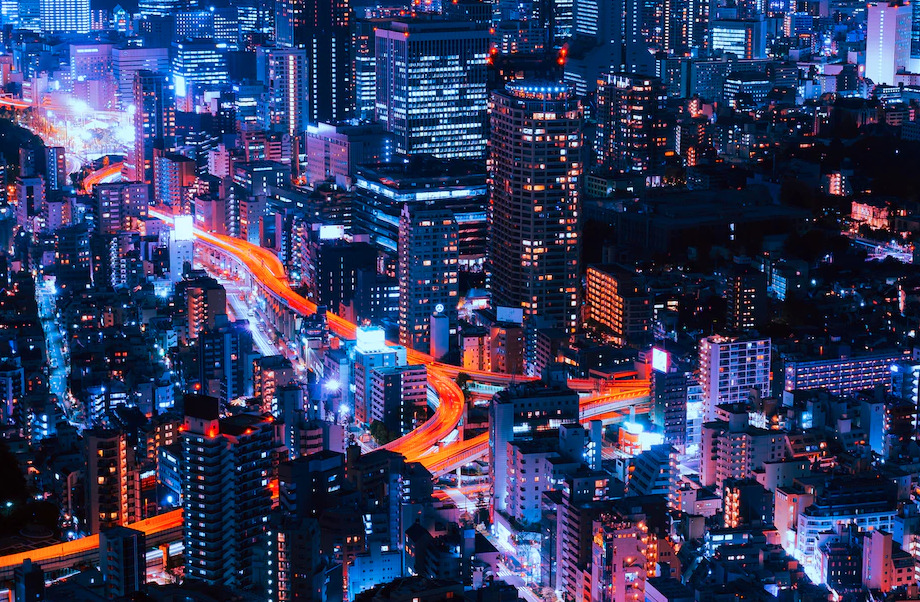
A new study found that “outdoor artificial light at night (LAN) is associated with impaired blood glucose control and an increased risk of diabetes.” Over 80% of the world’s population is being exposed to light pollution at night. Light pollution at night doesn’t just mess with our circadian rhythm and sleep patterns, it also impacts our blood glucose and metabolism. In mice studies, “mice exposed to nocturnal dim white light of minimal brightness for 4 weeks had increased body mass and reduced glucose tolerance compared to animals whose environment was completely dark at night, despite having roughly equivalent energy consumption and expenditure.”
